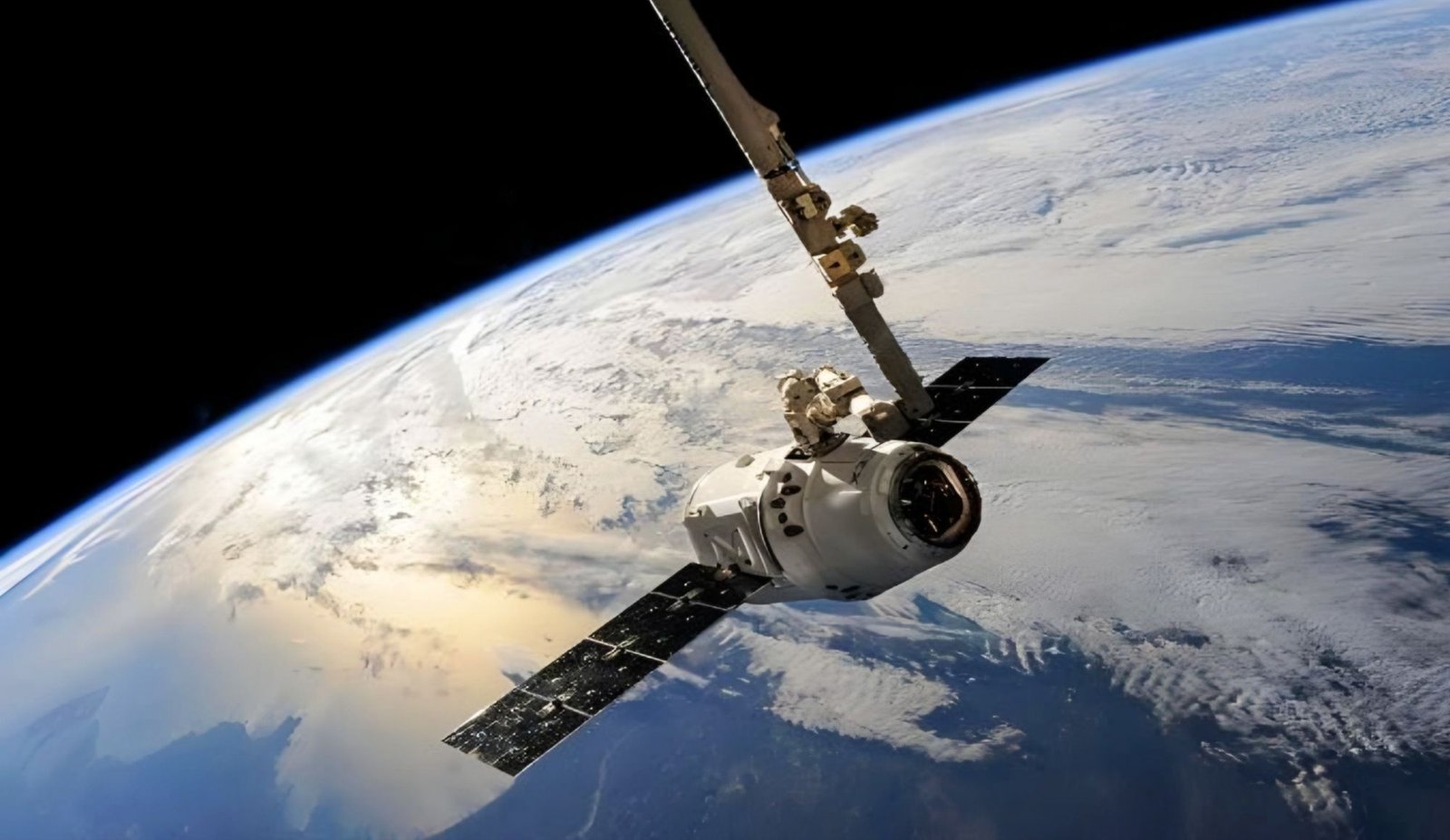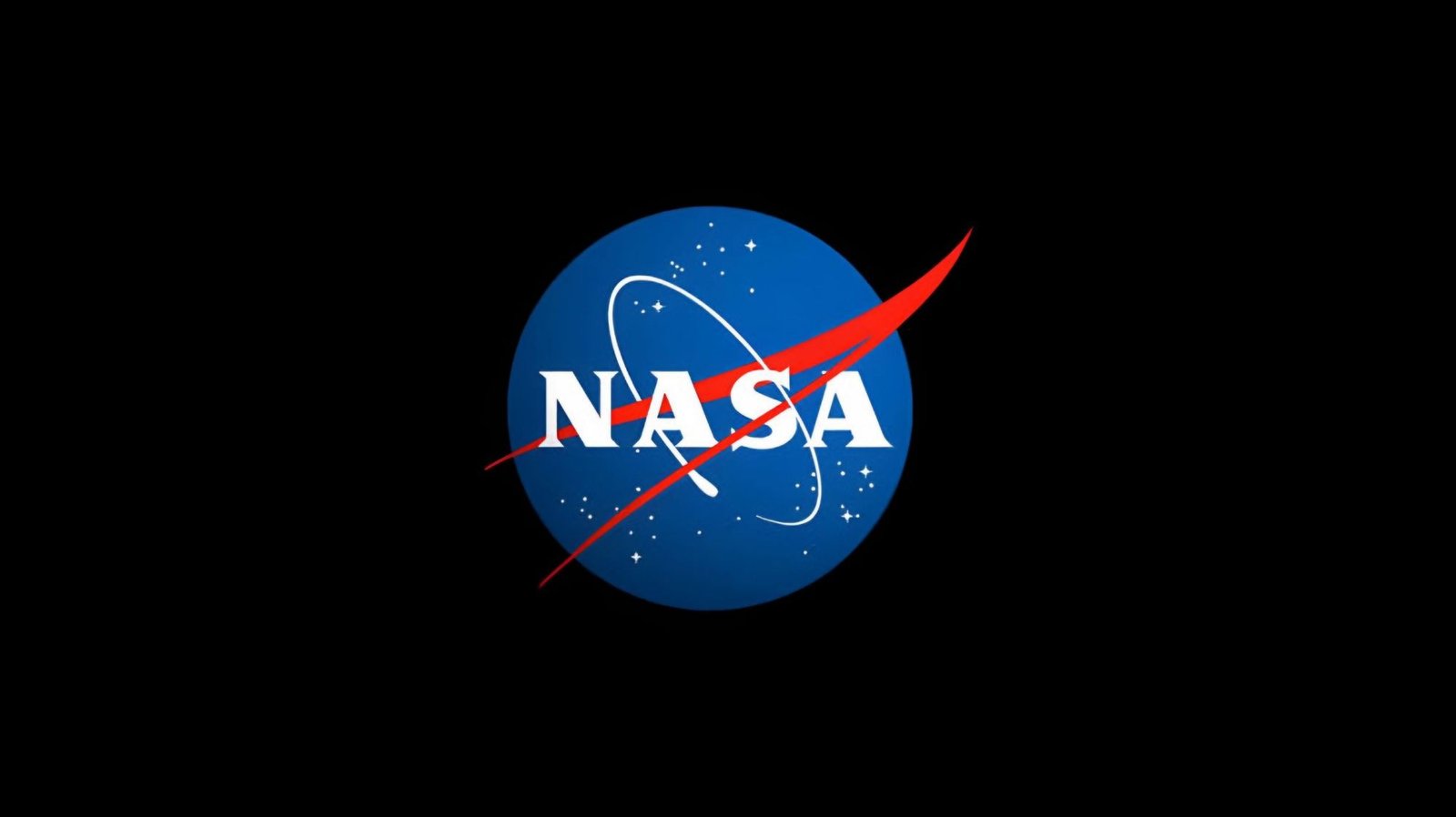
Under 100 Words: A Compact Summary
NASA warns of a potential collision on February 28 between the US TIMED mission spacecraft and the Russian Cosmos 2221 satellite at 600 km. Despite US Defense monitoring and an expected near miss, there’s a risk of substantial debris. TIMED, crucial for upper atmosphere understanding, has a 20-year dataset. Cosmos 2221, a 1992-launched Russian ELINT satellite, served military surveillance (NASA on High Alert).
- NASA announced on Wednesday that there is a looming “potential collision” between a US satellite and a Russian satellite, both orbiting approximately 600 km above the Earth. The event is expected to occur on February 28 and could lead to substantial debris creation.
- The satellites heading towards a collision are NASA’s Thermosphere Ionosphere Mesosphere Energetics and Dynamics (TIMED) mission spacecraft and the Russian Cosmos 2221 satellite (NASA on High Alert).
- According to NASA’s statement, the two satellites, which cannot be maneuvered, are projected to come closest to each other around 1:30 am EST on Wednesday, February 28, at an altitude of approximately 373 miles (600 km).
- The US Department of Defense is actively monitoring the situation, as stated by the space agency (NASA on High Alert).
- Despite the anticipation that the spacecraft will avoid a direct collision, there is a potential for substantial debris creation. NASA and the Department of Defense will persist in monitoring the situation closely.
- A potential collision between two spacecraft at an altitude of 600 km could result in the creation of substantial debris, presenting added risks to other satellites and spacecraft sharing similar orbits, experts have warned (NASA on High Alert).
- The TIMED mission spacecraft, launched on December 7, 2001, is a significant component in advancing our comprehension of Earth’s upper atmosphere.

- This mission, titled Thermosphere Ionosphere Mesosphere Energetics and Dynamics (TIMED), focuses on investigating the impact of the Sun and human activities on Earth’s mesosphere and lower thermosphere/ionosphere.
- This region serves as a crucial gateway between Earth and space, where the initial deposition of the Sun’s energy into Earth’s environment occurs, underscoring the vital role of the TIMED mission in comprehending atmospheric dynamics (NASA on High Alert).
- Developed, in part, by Johns Hopkins APL, the mission’s unparalleled 20-year dataset has been instrumental in providing essential insights into space weather, Earth’s climate, and the evolution of planetary atmospheres.
- Cosmos 2221, a Russian satellite, was launched in 1992 with the primary objective of serving surveillance and other military purposes.
- It functioned as a Russian ELINT (Electronic and Signals Intelligence) satellite and was launched from the Plesetsk Cosmodrome.
ALSO READ – Bitcoin Hits Record-breaking $59,000 Milestone; What’s Driving Its Surge?